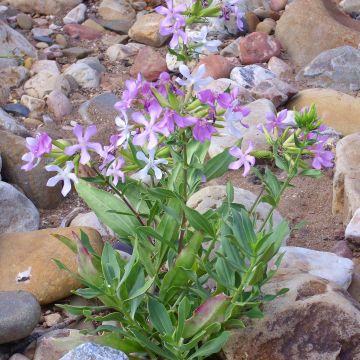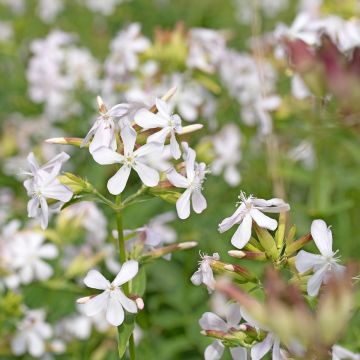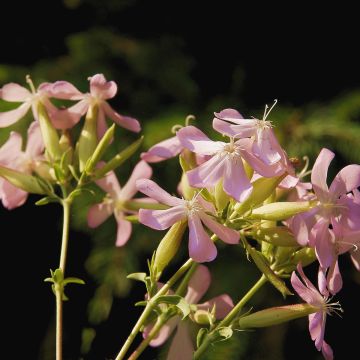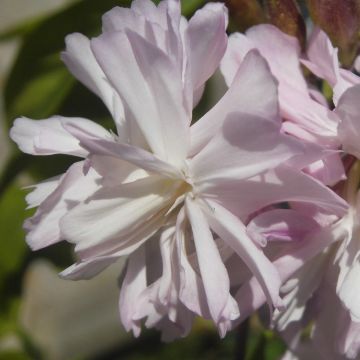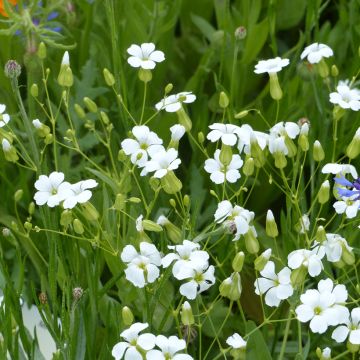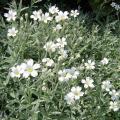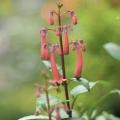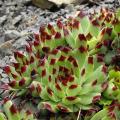Saponaria - Soapwort
Does this plant fit my garden? Set up your Plantfit profile →
Available in 3 sizes
Available in 1 sizes
Available in 1 sizes
Available in 1 sizes
Available in 1 sizes
Available in 1 sizes
Available in 1 sizes
Available in 1 sizes
Available in 1 sizes
The soapworts, sometimes called Soap Plants, are familiar to us in the form of Saponaria officinalis that flowers generously in ditches and along the roadsides of our countryside. The Saponaria genus comprises around 20 species of perennial or annual plants native to meadows and mountainous areas of Europe and Southeast Asia. In the garden, we cultivate perennial varieties for their rustic charm, hardiness, and ease of cultivation. Soapworts belong to the Caryophyllaceae family, just like carnations and baby's breath, for example. They are characterized by deciduous foliage, good hardiness, abundant flowering in clusters of small flowers in a beautiful range of pink shades, and a height ranging from 5 to 60cm (2 to 24in). The smaller ones, such as the Montpellier soapwort Saponaria ocymoides, are suitable for dry rock gardens.
The tall soapwort has produced some lovely double varieties that allow for variety.
Haven't found what you were looking for?








































